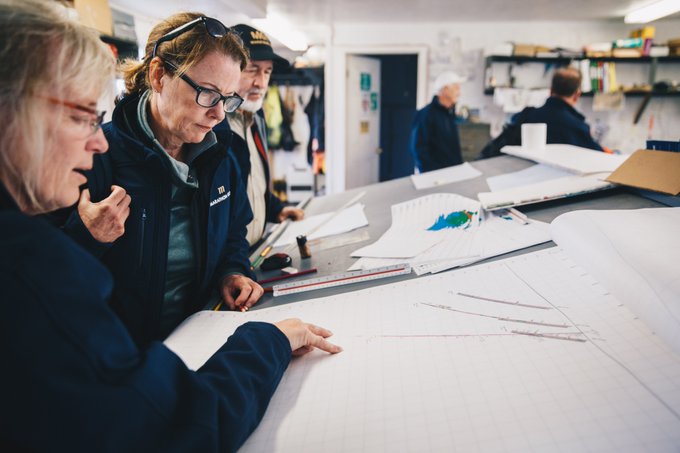Marathon Gold has laid out plans for a new open-pit mine in Newfoundland that, it says, could become Atlantic Canada’s largest gold producer.
The prefeasibility study on the Valentine gold project in central Newfoundland outlined a plan for a 12-year operation producing circa-145,000 oz/y of gold at life of mine all-in sustaining costs of $739/oz. This is based on a proven and probable reserves base of 1.87 Moz (41.05 Mt at 1.41 g/t Au).
The initial capital cost to build a 2.5 Mt/y gravity-leaching operation was pegged at $205 million, with Marathon Gold saying it planned on funding an expansion – based on gravity-flotation-leaching – to 4 Mt/y (from year four onwards) from internal cash flow. The post-tax net present value (5% discount) was estimated at $354 million based on a $1,350/oz gold price.
The PFS, completed by Ausenco Engineering Canada as Lead Consultant, contemplates open-pit mining from the Marathon and Leprechaun deposits only.
Each deposit will be developed in three phases, with the Marathon pit achieving a maximum dimension of 1,250 m x 700 m by 294 m deep, and the Leprechaun pit achieving 1,050 m x 650 m by 306 m deep, Marathon said. Life of mine strip ratios will be 6.7 at Marathon, 9.1 at Leprechaun, and 7.6 overall, according to the company.
Benches will be mined by conventional drill & blast/load & haul methods on 6 m bench heights with 8 m wide berms every third bench. Dual-lane haul road allowances will support a diesel-powered mining fleet that will include 32 90 t payload trucks operating between the two open pits, Marathon said.
The study contemplates an initial milling strategy based on grinding to 75 µm followed by gravity concentration and cyanidation of gravity concentrates and tails. Grinding will be by way of a SAG and a ball mill.
The mill will be expanded in year four by coarsening the initial grind to 150 µm and adding flotation and regrinding of the flotation concentrates, followed by cyanidation. No additional grinding equipment will be required for this expansion phase, the company said. Overall gold recovery is estimated at 93% at an average grade of 1.41 g/t Au (85% at cutoff grade and capped at 97%).
The tailings management facility (TMF) will receive thickened tailings from the mill between years one and nine, with the mined-out Leprechaun open pit scheduled to receive tailings starting in year 10, the company said. Effluent and contact water from the TMF, waste rock piles and open pits will be collected and, if necessary, treated prior to release, Marathon explained.
Matt Manson, President & CEO of Marathon, said: “We have taken the approach of identifying the optimum starting point for mining at Valentine, emphasising highest rate of return and lowest risk, while recognising that the large resource inventory and extensive exploration potential along strike and at depth offers plenty of opportunity for mine life extension.
“The Valentine project is expected to be Atlantic Canada’s largest gold producer. Notwithstanding the current COVID-19 challenges, it represents the future of responsible resource development in central Newfoundland.
“With a strong treasury in hand, our attention now turns to the submission of our Environmental Impact Statement, expected later this year, and the commencement of feasibility-level studies.”
The PFS contemplated completion of a feasibility study in the first half of 2021, completion of the environmental assessment and Ministerial Approval by mid-2021, and the commencement of site-specific permitting thereafter. Ground-breaking for site construction is scheduled for January 1, 2022, with a total 18-month construction period and first gold production by mid-2023.
These timeframes have been estimated without consideration of potential impacts from the ongoing COVID-19 challenges, such as disruption to supply chains, labour markets, work practices and permitting, among other factors, the company cautioned.











